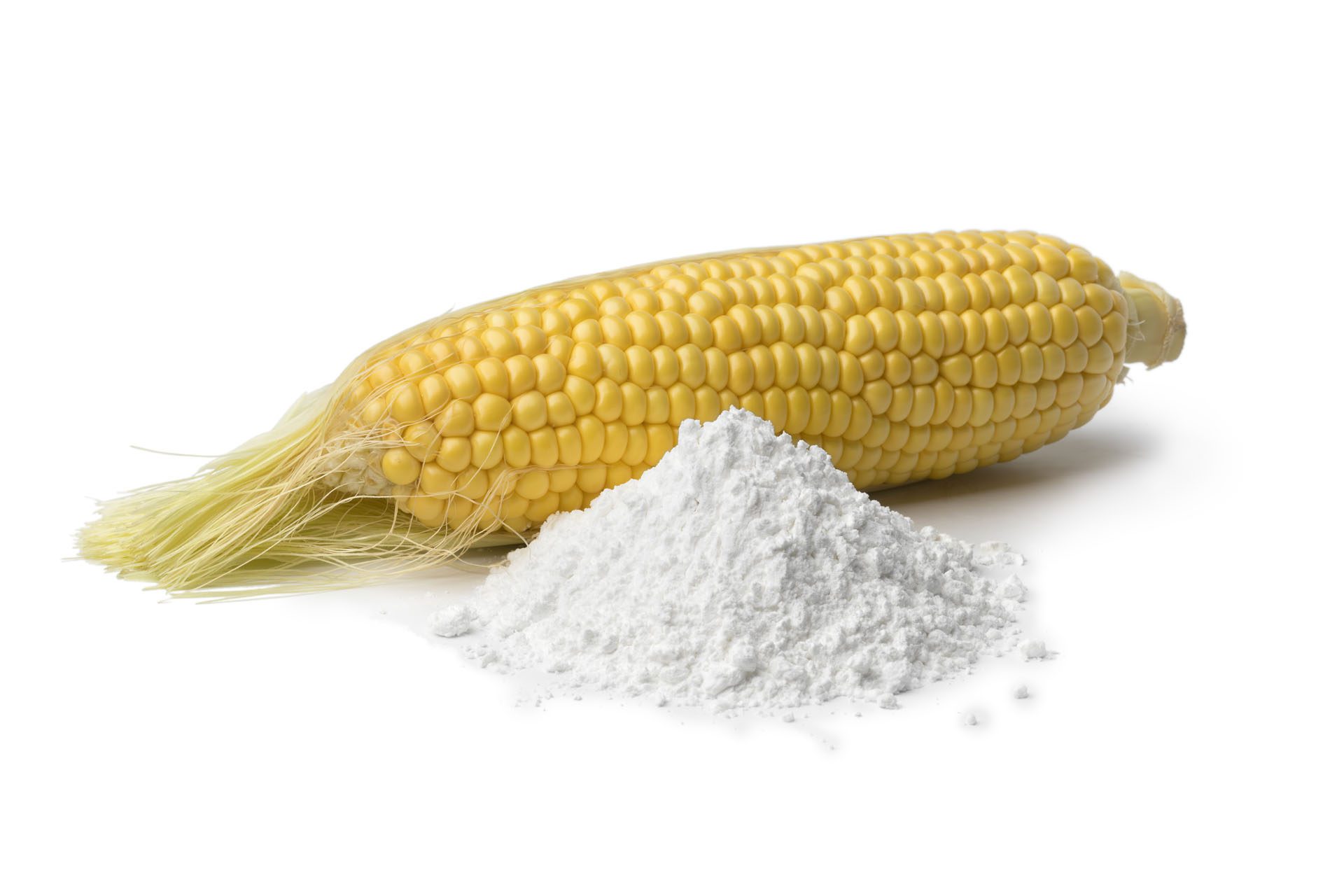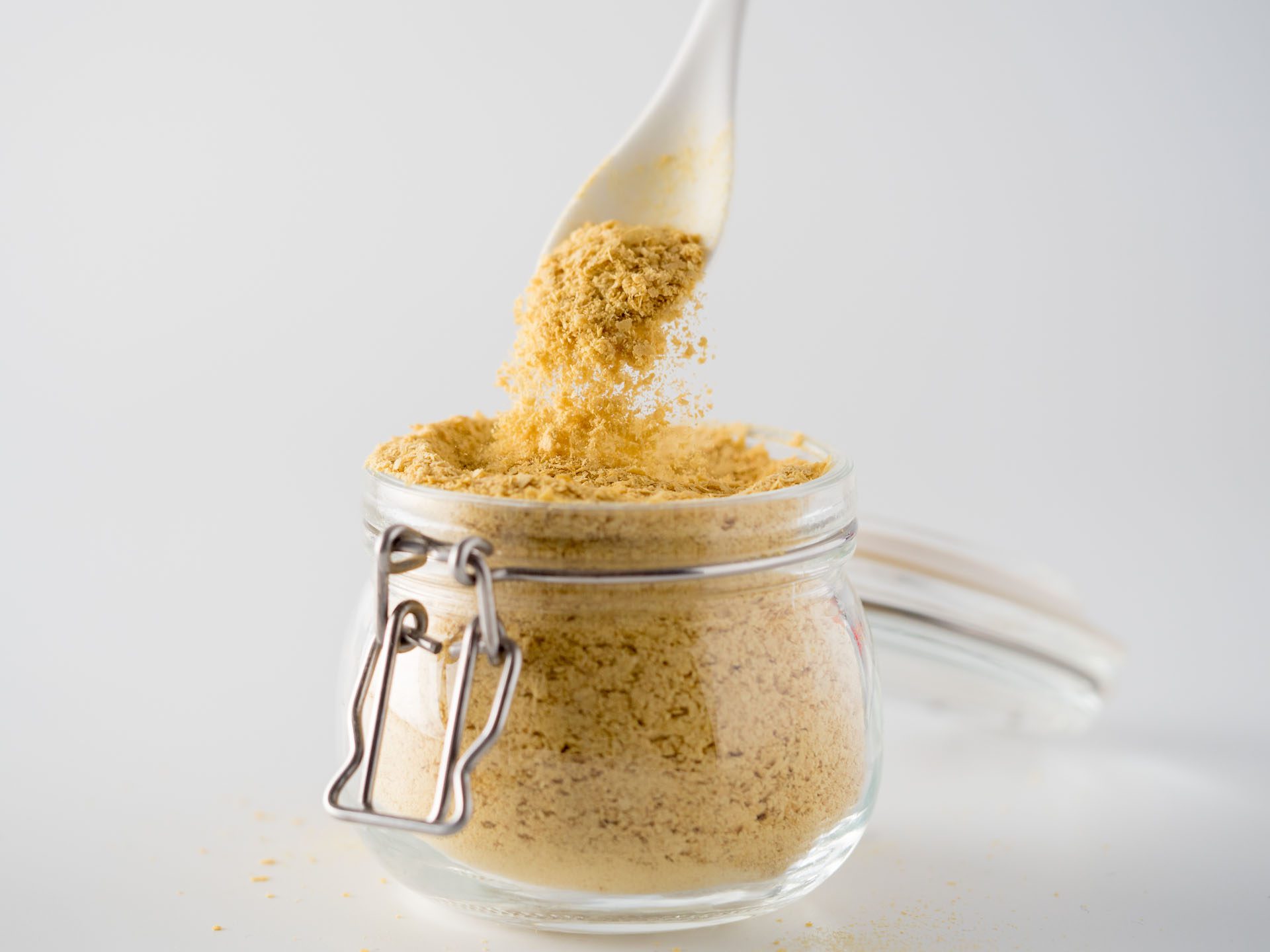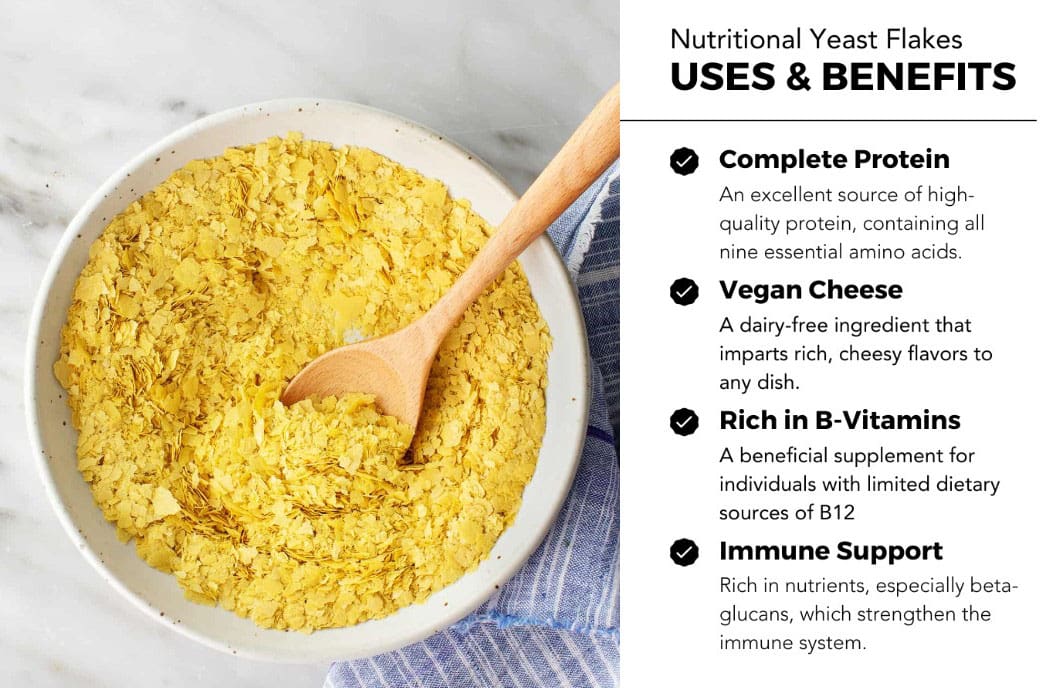Cornstarch: How to Replace Flour in Recipes
How can cornstarch be used instead of flour in recipes for individuals on a gluten-free diet who are looking for a flour alternative due to celiac disease or non-celiac gluten sensitivity?

Cornstarch Substitute
Flour is often used as a thickener or a coating in recipes. Pure cornstarch (made from corn) is a gluten-free flour substitute (Rai S., Kaur A., & Chopra C.S., 2018). However, some brands are not considered gluten-free.
Substitute for Flour
It’s easy to substitute cornstarch for flour when the recipe calls for a thickener, such as in gravies, sauces, pies, or coatings for fried foods. If flour is unavailable or individuals want to try a gluten-free alternative, cornstarch has a similar effect in these cooking applications.
However, individuals should be aware that it cannot be used as a substitute for flour in baked goods.
As a Thickener
Cornstarch can be a thickener in sauces, gravy, and pie fillings. (Bob’s Red Mill, 2020)
- There is no taste of cornstarch.
- However, foods will be more translucent.
- This is because it is pure starch, while flour contains some protein.
- Cornstarch is not a 1:1 substitute for flour.
- Individuals should generally use one tablespoon for each 1 1/2 to 2 cups of flour for sauce/gravy for medium thickness. (The Denver Post, 2016)
When using cornstarch as a thickener:
- Bring the mixture to a full boil for 1 minute, which allows the granules to swell to their maximum.
- Reduce the heat as it thickens.
- Overcooking can cause mixtures to thin when cooled.
- Cook over medium-low to medium heat, as high heat can cause lumping.
- Stir gently
- Stirring vigorously can break down the mixture.
- If more ingredients are needed, remove the pot from the heat and stir them quickly and gently.
- Avoid freezing sauces or gravies since they won’t freeze well. (Cook’s Info, 2008)
How To Use
- Use half as much cornstarch as you would flour.
- For example, if the recipe calls for two tablespoons of flour, use one tablespoon of cornstarch.
- If the recipe calls for 1/4 cup of flour, use 1/8 cup of cornstarch.
- This is true for other starches, including arrowroot, potato, and tapioca. (Taste of Home, 2023)
- Adding the cornstarch directly will cause it to clump and form lumps in the sauce that will be difficult to dissolve.
- To avoid this, mix the cornstarch with cold water (1 tablespoon of cornstarch to 1 tablespoon of cold water) until it is dissolved.
- Then pour the water/starch mixture/slurry into the mix.
- Keep stirring as the mixture thickens. (Bon Appetit, 2020)
Cornstarch is not as effective as flour when thickening acidic sauces. It doesn’t work well with tomato, vinegar, or lemon juice sauces. It is also less effective than flour when thickening sauces made with fat, including butter or egg yolks. (The BC Cook Articulation Committee, 2015)
If the mixture contains too little liquid, the starch granules cannot absorb. This is also the case when there is more sugar than liquid, in which case, more liquid is needed to firm up the mixture.
Fried Dishes
Individuals can use cornstarch instead of flour to coat fried chicken, fish, or other fried dishes. It creates a crisper coating that better withstands sauces and absorbs less frying oil, resulting in a lower-fat meal. Tips for frying:
- Try a 50/50 blend of cornstarch and gluten-free flour for a coating closer to wheat flour. (Bon Appetit, 2016)
- Ensure there is a light, even cornstarch coating on the food.
- Heavier coatings can get gummy.
Injury Medical Chiropractic and Functional Medicine Clinic
When cooking gluten-free, individuals may be able to continue to enjoy some of their favorite sauces by learning how to use cornstarch and other gluten-free thickeners instead of flour. As a Family Practice Nurse Practitioner, Dr. Jimenez combines advanced medical expertise with chiropractic care to address various conditions. Injury Medical Chiropractic and Functional Medicine Clinic works with primary healthcare providers and specialists to develop highly effective treatment plans through an integrated approach for each patient and restore health and function to the body through nutrition and wellness, functional medicine, acupuncture, electroacupuncture, and integrated medicine protocols. We focus on what works for you to relieve pain, restore function, prevent injury, and mitigate issues through adjustments that help the body realign itself. The clinic can also work with other medical professionals to integrate a treatment plan to resolve musculoskeletal problems.
From Consultation to Transformation: Assessing Patients in a Chiropractic Setting
References
Rai, S., Kaur, A., & Chopra, C. S. (2018). Gluten-Free Products for Celiac-Susceptible People. Frontiers in Nutrition, 5, 116. https://doi.org/10.3389/fnut.2018.00116
Bob’s Red Mill. (2020). Baking with cornstarch: Everything you need to know. https://www.bobsredmill.com/articles/baking-with-cornstarch-everything-you-need-to-know
Denver Post. (2016). Cornstarch a good way to thicken gravy lightly. https://www.denverpost.com/2010/11/20/cornstarch-a-good-way-to-thicken-gravy-lightly/
Cook’s Info. (2008). Thickeners. https://www.cooksinfo.com/thickeners/
Taste of Home. (2023). Cornstarch vs. flour vs. arrowroot – when should you use which thickener? https://www.tasteofhome.com/article/best-thickener/
Bon Appetit. (2020). Cornstarch is a powerful tool that must be used responsibly. https://www.bonappetit.com/story/the-power-of-almighty-cornstarch
The BC Cook Articulation Committee. (2015). Understanding Ingredients for the Canadian Baker
Types of thickening agents. https://opentextbc.ca/ingredients/chapter/types-of-thickening-agents/
Bon Appetit. (2016). 4 brilliant ways to cook with cornstarch. https://www.bonappetit.com/story/cornstarch-uses-sauce-crispy-meat



